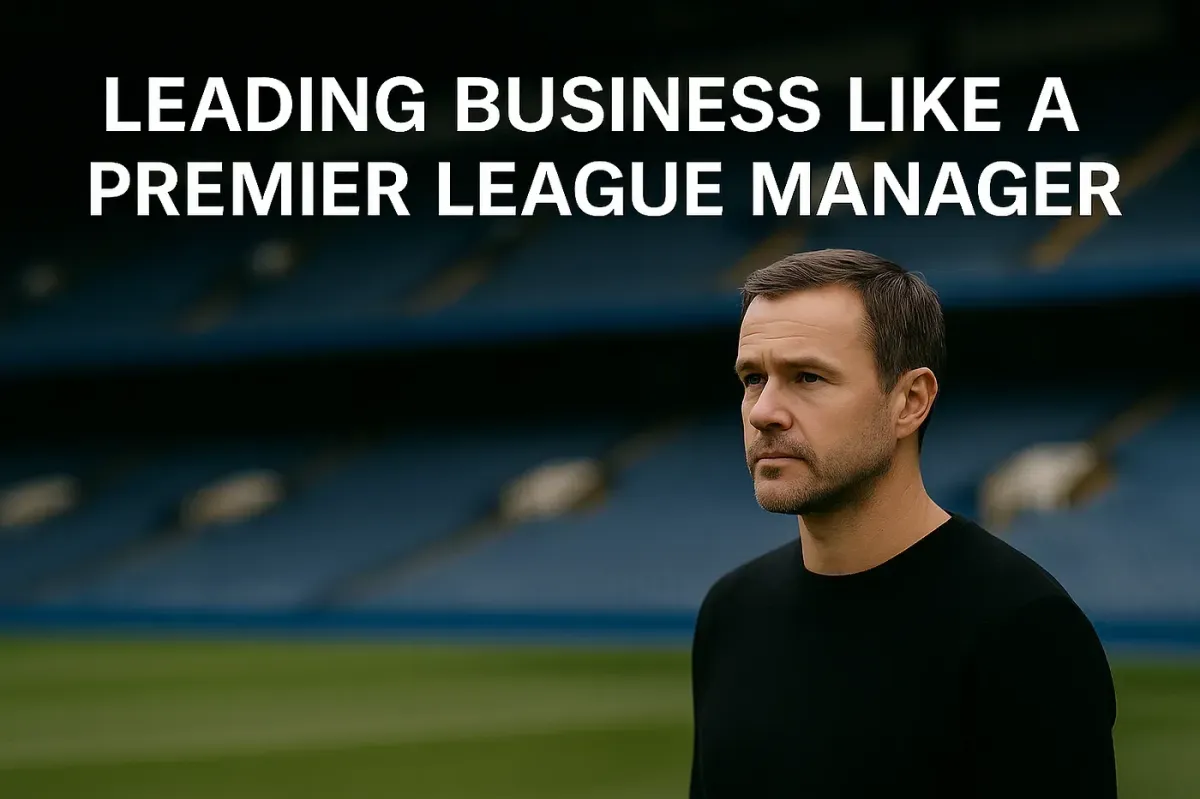
Leading Business Like a Premier League Manager
This series explores how Premier League management principles apply to business leadership. Just as top football managers build teams that maximize their players’ strengths, business leaders must structure their organizations to bring out the best in their people, adapt to change, and create sustainable success.
Series Outline:
1. Should Business Leaders Care about “Soccer?”
2. Understanding Soccer Formations & Systems — A Business Lens Primer
3. Building a System That Brings Out the Best in Your People
4. The Dressing Room Factor — Why Culture Drives Performance
5. The Star Player Dilemma — When Talent Doesn’t Fit the System
6. Squad Depth & Succession Planning — Preparing for the Unexpected
7. The Myth of the Sales Rockstar — Why Every Role Matters
8. The January Transfer Window — Course Correction in Business
9. Data & Analytics — Making Informed Decisions
10. Managing Stakeholder Expectations — Balancing Pressure & Long-Term Vision
11. Press Conferences & Internal Communication — Controlling the Narrative
12. The Impact of Ownership — Vision, Investment, and Stability
13. Becoming a Premier League-Level Business Leader
At its core, this series isn’t just about soccer — it’s about leadership, adaptability, and building a system that works. The best Premier League managers don’t just rely on talent; they create environments where players thrive, teams gel, and strategies evolve. Business leaders must do the same.
By studying how these elite managers operate — how they build winning cultures, make tough personnel decisions, and adjust to changing conditions — you’ll gain insights that can transform the way you lead.
So, whether you’re running a company, leading a team, or simply looking for a fresh perspective on strategy and success, this series is for you. Each post will challenge the way you think about leadership, structure, and growth.
And if you’ve made it this far, you already think differently — you’re open to learning from unexpected places, and that puts you ahead of the game.
So, sit back, follow along, and when the time is right — let’s start a conversation.
